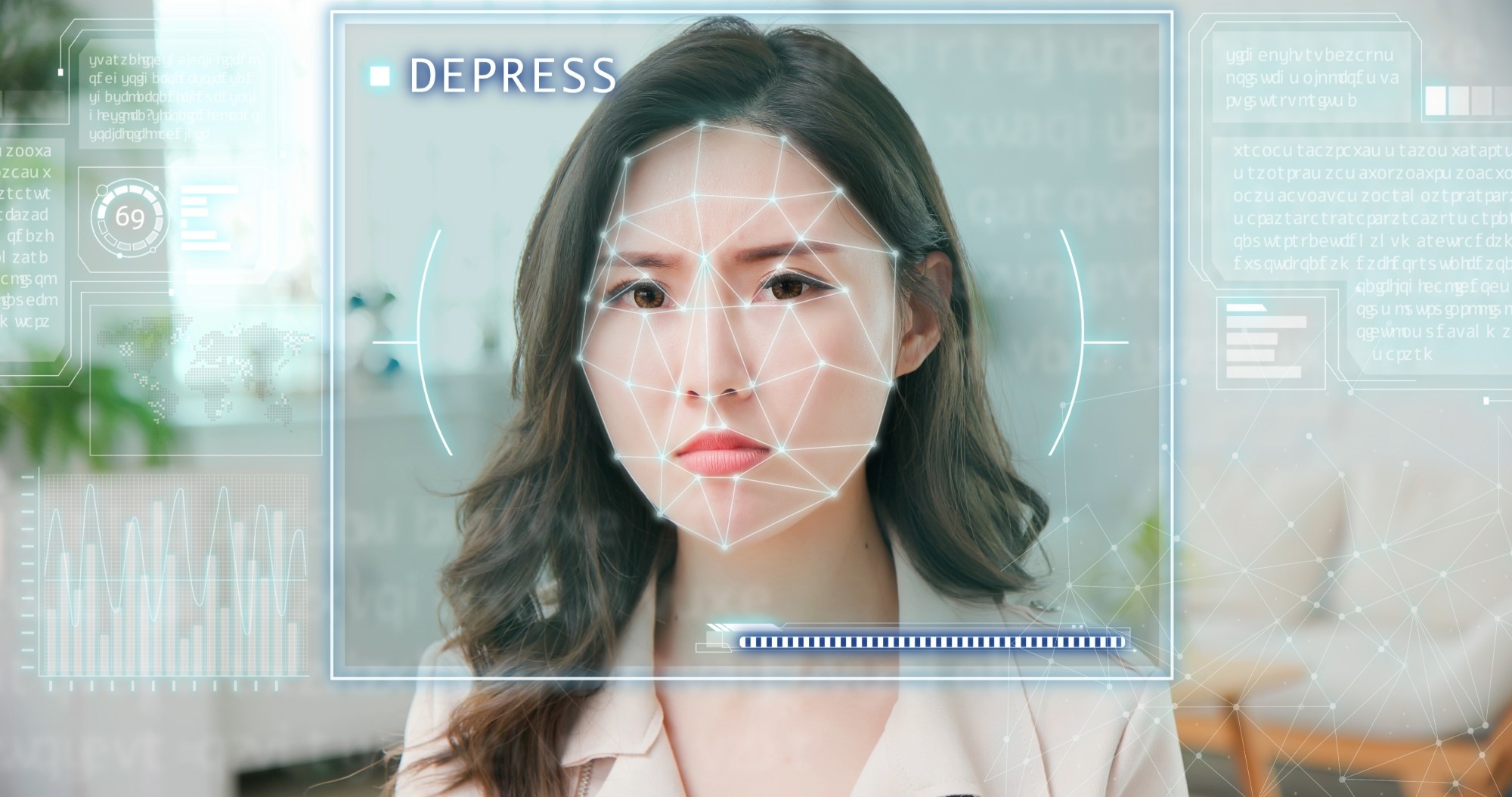A review published in the journal Expert Systems with Applications comprehensively analyzes the latest deep learning techniques for multimodal emotion recognition (MER) across audio, visual, and text modalities. The study systematically surveys this emerging field's methods, applications, and future directions.
 Study: Deep Learning-based Multimodal Emotion Recognition: Challenges and Future Prospects. Image credit: aslysun/Shutterstock
Study: Deep Learning-based Multimodal Emotion Recognition: Challenges and Future Prospects. Image credit: aslysun/Shutterstock
recognition is critical for natural human-computer interaction. However, emotions are complex and expressed through multiple verbal and non-verbal cues. Unimodal systems with only one modality, like audio or facial expressions, have limitations. Multimodal MER provides a more accurate and holistic understanding of human emotions by integrating audio, visual, and textual signals. The advent of deep learning has enhanced MER's automated feature learning capabilities. However, a systematic assessment of the advancements in deep learning for MER still needs to be improved.
Deep Learning Techniques for MER
The research provides an overview of the deep learning techniques used in MER. CNNs are widely employed for extracting speech and visual features, while LSTM focuses on capturing dependencies in sequences. Attention networks play a role in highlighting parts of the input. Pre-trained deep learning models like BERT are highly popular for extracting features even though they require computational resources.
CNNs combined with LSTM have gained recognition for their ability to extract spatial representations from spectrograms, particularly for audio-based features. In computer vision, CNN + LSTM models excel at encoding video dynamics, while standalone CNNs are effective at generating image features. In text analysis, pre-trained word embeddings utilizing BERT have demonstrated notable efficacy. In terms of fusion techniques, it is more common to utilize model-level approaches that consider modality correlations. Cross-modal attention mechanisms play a role in capturing interactions between modalities. However, there is still room for exploration regarding strategies that align semantic information during the fusion process.
Several standard multimodal emotion datasets were introduced, covering dyadic interactions, media interviews, and more. Key application areas include human-computer interaction, recommendation systems, e-learning technologies, and immersive environments. Accuracy metrics are predominantly used for evaluation, and the generalizability of models beyond test data needs more attention.
Research Challenges
Lightweight deep learning architectures are needed for real-time MER, especially for mobile devices. Moreover, black-box models lacking transparency also need to be made interpretable. Exploring hand-crafted features complementing deep learning and fusing the strengths can be worthwhile, and advancing cross-modal interaction modeling and more sophisticated fusion strategies should continue. Additionally, testing model robustness under cross-corpus conditions and low resource scenarios is also essential. Applying MER in diverse human-centric AI applications with rigorous evaluation can catalyze progress.
Future Outlook
This comprehensive review summarizes the vital role of deep learning in multimodal emotion recognition. Critical areas like deep models for feature extraction, cross-modal fusion strategies, benchmark emotion datasets and metrics, applications, challenges, and future directions are analyzed in a structured manner. The study provides valuable insights into this emerging field's current state-of-the-art and open research problems. Rigorous real-world testing, interpretable models, and lightweight architectures tailored for MER will be crucial in the future. With sustained research, deep learning-driven MER promises to transform human-centric AI technologies and interactive systems.
Advancing multimodal emotion recognition will require concerted efforts on multiple research fronts. One important priority is developing more extensive multimodal emotion datasets covering diverse populations and naturalistic emotions. Small sample sizes with limited diversity constrain model generalizability; hence, constructing large-scale corpora through collaborative data collection initiatives will provide vital training and evaluation resources to progress the field.
Another critical need is rigorous real-world testing of deep MER systems before deployment. Most research uses standardized emotion categories. However, evaluating model robustness on fine-grained emotions and across datasets is crucial. Extensive cross-corpus testing and field trials should become routine to ensure reliability before clinical or practical applications. Lightweight, customized architectures also require focus to enable MER on mobile devices. Moreover, conceptual advances in fusion strategies, few-shot learning, and self-supervised methods need more exploration to reduce data dependence.
Finally, coordinated progress necessitates formulating standard evaluation protocols, benchmarks, and ethics guidelines. Developing inclusive multimodal emotion corpora covering different demographics and cultural contexts is also essential. Realizing the full potential of deep learning-powered MER involves synergistic efforts across research, industry, and policy realms. This includes tackling emerging challenges through technological and computational advances and human-centered design. With concerted development, MER can transform affective computing and human-machine interaction. However, prudent translation from the lab to the world guided by ethical principles is essential to ensure a socially beneficial impact.
Journal reference:
- Zhang, S., Yang, Y., Chen, C., Zhang, X., Leng, Q., & Zhao, X. (2023). Deep Learning-based Multimodal Emotion Recognition from Audio, Visual, and Text Modalities: A Systematic Review of Recent Advancements and Future Prospects. Expert Systems with Applications, 121692. https://doi.org/10.1016/j.eswa.2023.121692, https://www.sciencedirect.com/science/article/abs/pii/S0957417423021942